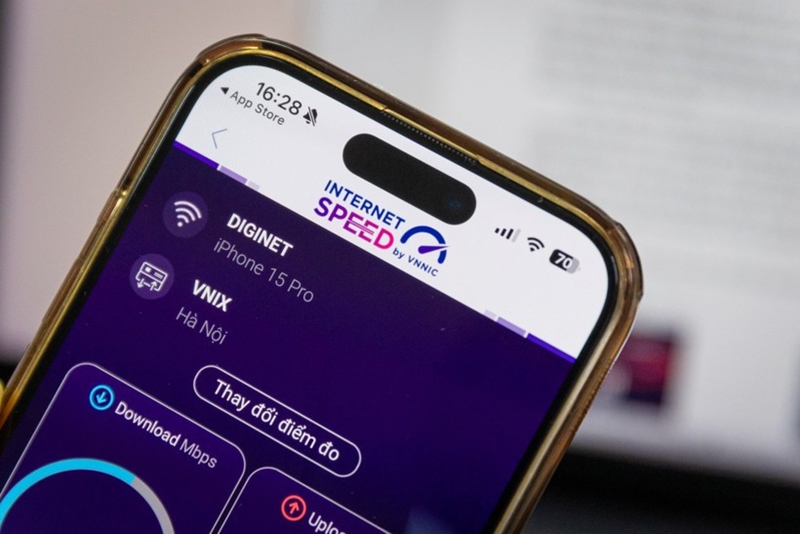The city has held the top spot since the start of this year. Its 5G performance is almost 1.5 times higher than runner-up Hai Phong (429.53 Mbps) and even the capital Hanoi (415.73 Mbps).
    |
 |
|
Da Nang remains Vietnam’s fastest 5G city. (Photo for illustration) |
Among service suppliers, MobiFone led 5G rankings with 401.86 Mbps downstream and 18.59 Mbps upstream, followed by Viettel at 318.37 Mbps download speed and 71.73 Mbps upload. VNPT posted 294.64 Mbps download speed and 46.43 Mbps upload.
Nationwide 5G mobile broadband speeds edged lower month-on-month to 324.37 Mbps download speed and 60.12 Mbps upload in October.
Overall, mobile broadband speeds have held steady over the past six months at 81.7 Mbps download speed and 25.57 Mbps upload.
Powered by its strong 5G growth, Da Nang also dominates the broader mobile category with average downloads of 151.1 Mbps, ahead of Hanoi, Ho Chi Minh City, Hai Phong, and Can Tho.
Viettel continues to lead the national mobile broadband race with 96.57 Mbps download speed and 26.85 Mbps upload.
Vietnam is targeting 5G base stations equivalent to half its current 4G footprint by the end of 2025, aiming for 90% population coverage, to sustain further speed gains.
Fixed broadband speeds rose sharply in October, with the national average climbing to 273.27 Mbps download speed and 202.76 Mbps upload, continuing an upward trend seen since January.
Hanoi recorded the fastest fixed-line performance at 335.93 Mbps download, followed by Da Nang (317.82 Mbps), Hai Phong (295.9 Mbps), Can Tho (281.91 Mbps) and Ho Chi Minh City (271.31 Mbps). Viettel again topped the fixed segment with 318.48 Mbps download speed and 275.66 Mbps upload.
The gains underscore the effective impact of government strategies, particularly the national digital transformation scheme, and the strong investments made by telecoms network operators, including fiber expansion and international cable upgrades, as well as accelerated 5G deployment aimed at achieving both speed and stability for applications requiring high bandwidth.
In fixed broadband, operators rolled out minimum 300 Mbps entry-level packages at the start of 2025, roughly double prior base offerings, aligning with the scheme’s targets and lifting Vietnam’s fixed Internet performance to a globally competitive level.
As networks mature, they are expected to shift their focus to enhancing user experience, including faster web loading, improved quality streaming, lower latency, bundled services, and value-added offerings, to drive average revenue per user and retain customers.
Launched by the VNNIC in 2020, i-Speed tracks real-world Internet performance, and consumers can run tests via its app.
Source: VNA